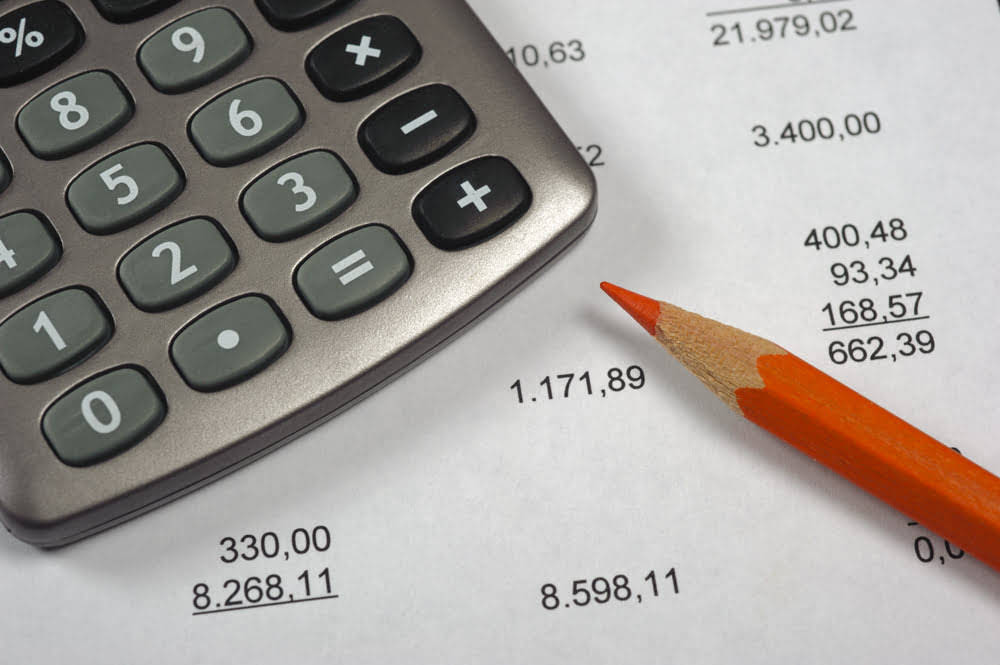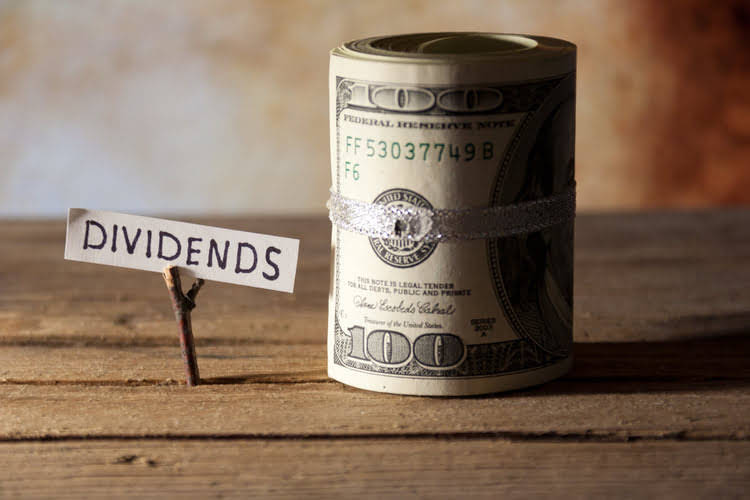
They are classified into two groups – fixed costs and variable costs. In order to calculate cost per unit, the first step is to ascertain operational profitability. Direct costs for manufacturing an automobile, for example, would be materials like plastic and metal, as well as workers’ salaries. Indirect costs would include overhead such as rent and utility expenses. Total product costs can be determined by adding together the total direct materials and labor costs as well as the total manufacturing overhead costs. To determine the product cost per unit of product, divide this sum by the number of units manufactured in the period covered by those costs.
Inconsistent periods
- As an example, a product with a breakeven unit cost of $10 per unit must sell for above that price.
- For instance, the cost of producing a smart TV will be higher than that of a shirt.
- In order to calculate cost per unit, the first step is to ascertain operational profitability.
- When calculating the cost per unit, it may not matter mathematically if you categorize the costs into variable and fixed expenses.
- Improve your operational efficiency and lower your unit costs by optimizing your delivery process with eLogii.
Hence, ensure that the period for which you consider the total cost of production aligns with that of manufacturing to maintain consistency and accuracy in CPU analysis. It is impossible for a single method of calculating production costs to work for all companies or businesses, much how to calculate cost per unit less for a Microsoft Excel template or method to cover them. Costs can vary greatly depending on the type of activity and the nature of operations. Production costs refer to all of the direct and indirect costs businesses face from manufacturing a product or providing a service.
Approaches to Calculating Cost Per Unit
If the raw materials and direct labor costs incurred in the production of shirts are $9 per unit and the company produces 1000 units, then the total variable costs are $9,000. As production increases, your facility rent, machinery depreciation, and labor costs are spread over a large number of units produced, https://www.bookstime.com/ lowering the fixed cost per unit. Bulk production also enables the use of specialized equipment and machinery designed for high-volume business operations, further reducing total production costs. The average cost refers to the total cost of production divided by the number of units produced.
Method 1: Direct Calculation
A thorough understanding of the cost per unit can help determine how much businesses should charge for their products or services to enable efficient operations and maximize profits. Price per unit refers to the price for which a brand sells its products or services, whereas cost per unit refers to the average expense incurred to produce a single unit of a product or service. Pricing reflects both the cost per unit and the profit margin, and setting the right price for finished goods and services is crucial to maintaining profitability. In manufacturing, obvious production expenses include raw materials, production labor costs, production equipment and the lease of manufacturing facilities. As the Complete Controller mentions, this can also include insurance, depreciation and even stolen assets. In the service industry, the production costs can include material costs of delivering the service and labor costs paid to provide that service.
Gross profit and a company’s gross profit margin (gross profit divided by sales) are the leading metrics used in analyzing a company’s unit cost efficiency. A higher gross profit margin indicates a company is earning more per dollar of revenue on each product sold. A unit cost is the total expenditure incurred by a company to produce, store, and sell one unit of a particular product or service. Amid the conversion of raw materials it purchased into finished goods ready to be sold to its customers, the manufacturer incurred a total of $500,000 in fixed costs.

Market conditions
By fostering a culture of continuous improvement, businesses can strive for ongoing cost optimization. Businesses can proactively identify cost reduction opportunities by conducting regular cost audits and analysis. This involves analyzing each cost component and exploring options for cost-saving measures, such as energy-efficient equipment, waste reduction, or process optimization. Discrepancies between the actual sizes and weights and the numbers provided on the shipping container can cause unnecessary problems and delay delivery. Automate warehouse and order fulfillment operations to ensure minimal human error. Electronic documents for electronic signature verification help avoid human mistakes resulting in reshipments and cancellations.

- Another site, Brighthub.com, offers reviews of financial software products for business owners.
- Standard costing is commonly used in industries with standardized production processes and relatively stable cost structures.
- For example, fixed costs for manufacturing an automobile would include equipment as well as workers’ salaries.
- At the bare minimum, a company should at least cover its breakeven costs.
- Businesses may experience lower costs of producing more goods if they have what are known as economies of scale.
- Knowing the cost of production will let you make a well-informed decision about the markup value.
To calculate the profit or loss per unit, you will need to find the difference between the cost and unit price. Take the case of a small ecommerce business called PetsCo, which produced 100 units of an 80 lb bag of premium dog food in February 2022. As you can see from the calculator above, calculating cost per unit includes a few main components. Additionally, a lower cost per unit can also identify gaps in internal efficiencies.
Cut material costs
Fixed costs are production expenses that are not dependent on the volume of units produced. Fixed costs, such as warehousing and the use of production equipment, may be managed through long-term rental agreements. Data like the cost of production per unit or the cost to produce one batch of product can help a business set an appropriate sales price for the finished item. Average cost of production refers to the per-unit cost incurred by a business to produce a product or offer a service. Production costs may include things such as labor, raw materials, or consumable supplies.

Price increases aren’t always necessary if you have concerns over production costs. When you produce an additional unit, you’re going to see an incremental increase in your total cost. This is the marginal product cost and they’re most often related to variable costs. ABC provides a more accurate cost per unit calculation by considering the resource consumption of each activity involved in production. This method is particularly useful for businesses with complex cost structures and multiple cost drivers.
